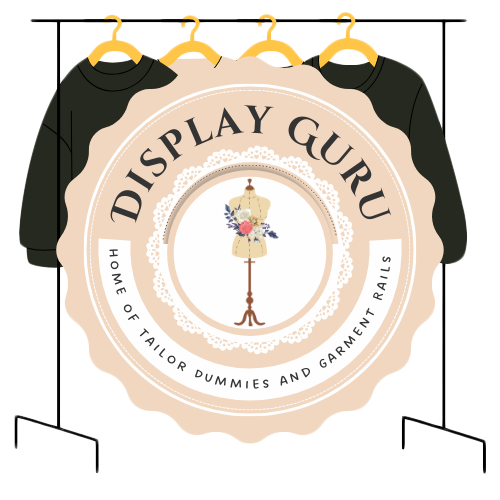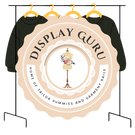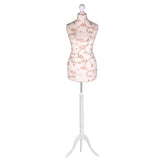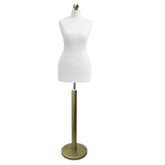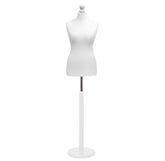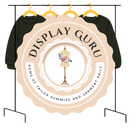Top Display Cabinet for Shops | Perfect Showcase Solutions
A display cabinet for shops is so much more than a piece of furniture. It’s your secret weapon in retail, a silent salesperson that works around the clock to frame your products, tell your brand’s story, and shape how customers see your merchandise. The right cabinet can make an everyday item look like a luxury piece and turn a casual window-shopper into a loyal customer. It’s all about creating an atmosphere of quality and desire.
Why Your Shop Display Cabinet Is a Silent Salesperson
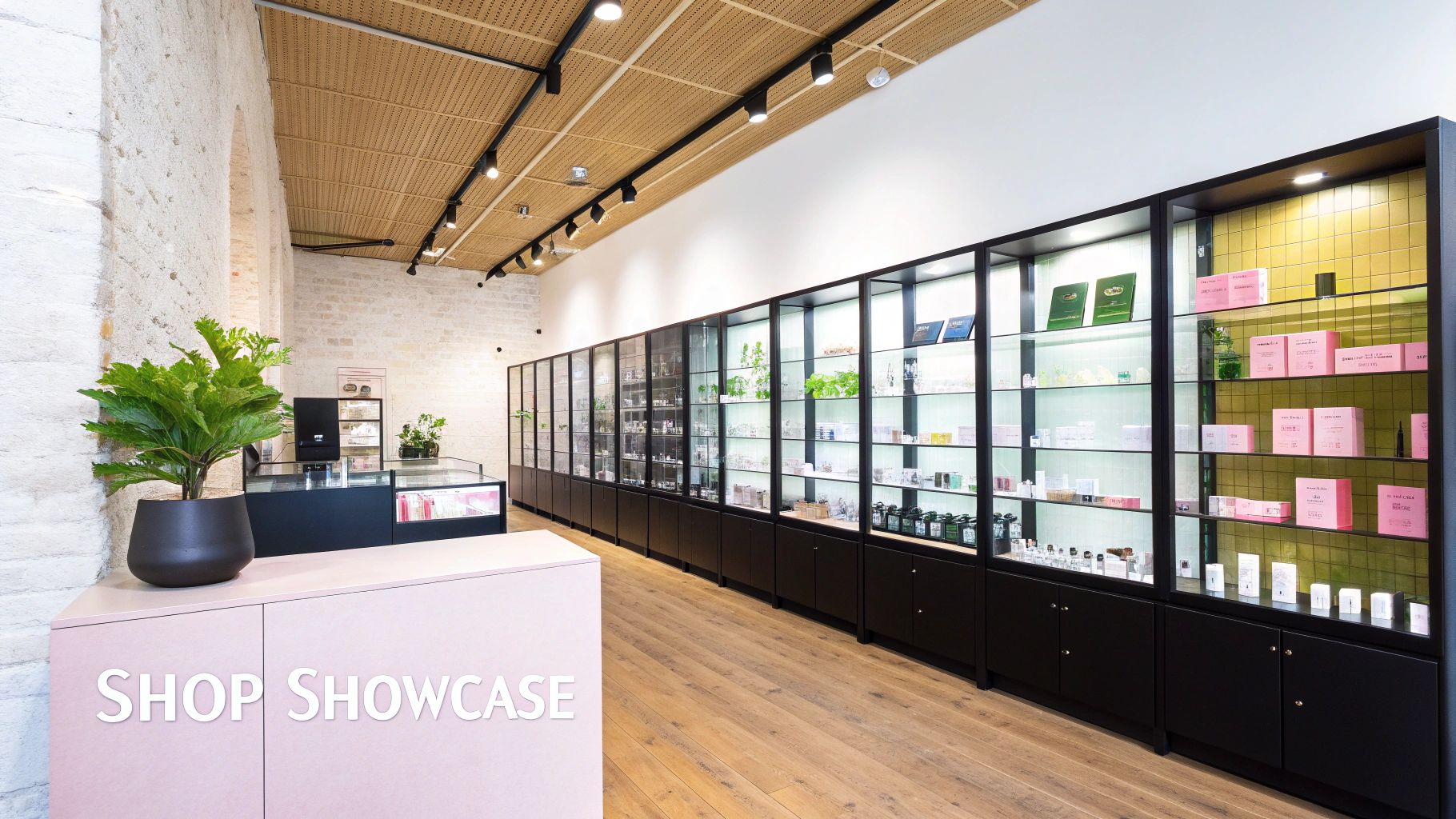
Retail today isn't just about the transaction. Shoppers are looking for an experience, and the environment you create is a huge part of that. A well-chosen display cabinet for shops is fundamental to crafting that experience, acting as a perfect stage for your best products.
Think of it like a gallery curator preparing for an exhibition. A priceless sculpture isn't just propped against a wall; it's placed in a secure, beautifully lit case that instantly communicates its significance. In the same way, your products gain perceived value when they're presented with care and professionalism. This subtle signal builds trust and invites customers to take a closer look.
More Than Just a Box
A good display cabinet is a master multitasker, doing several crucial jobs at once—often without anyone consciously noticing. It's a real investment in visual merchandising that delivers on many fronts.
- Creating a Focal Point: It naturally draws the eye, pulling attention exactly where you want it: onto your most important or attractive items.
- Enhancing Product Value: The quality of the cabinet itself—the materials, the lighting, the cleanliness—rubs off on the products inside. A sleek glass and steel unit whispers modernity, while a rich, solid wood cabinet speaks of heritage and craftsmanship.
- Protecting Your Inventory: It’s not just about looks. Locking mechanisms and tough materials like tempered glass provide vital security for high-value stock, giving you and your team peace of mind.
- Organising Your Space: It cuts through the visual noise, making your shop feel more orderly and professional. A clutter-free space is simply a better place to shop.
A well-styled display cabinet doesn’t just show customers what you sell; it shows them why they should care. It’s the difference between an item on a shelf and an item telling a story.
This guide will walk you through every key decision, from choosing the right cabinet type and materials to mastering the art of lighting and merchandising. By the time we’re done, you'll be able to choose a display solution that doesn't just store products, but actively helps grow your business and build your brand. Let's dive in.
2. Choosing the Right Type of Display Cabinet
Picking the perfect display cabinet isn’t just about filling a space; it’s a strategic decision. Think of it less like buying furniture and more like casting the right actor for a role in a play – each type has a specific job to do to make the whole production a success.
A tall, freestanding tower, for instance, is your leading star. It’s built to grab the spotlight and showcase your ‘hero’ products – those high-value items or brand-new arrivals you want every customer to notice. On the other hand, a sleek wall-mounted cabinet is more of a supporting character. It does its job beautifully, presenting smaller collections without taking up an inch of your valuable floor space.
Getting these roles right is the first step to creating a shop layout that not only looks good but works hard to sell your products.
Freestanding vs. Wall-Mounted: The Main Players
Freestanding cabinets are the real workhorses of retail. You can place them anywhere to guide the flow of traffic, create focused zones within your shop, or stand one right in the middle as a stunning centrepiece. Their 360-degree visibility makes them perfect for things like jewellery, electronics, or collectibles that people want to inspect from all sides. A well-placed display cabinet for shops like this can completely transform the customer journey.
Wall-mounted cabinets are the ultimate space-savers. By getting your products off the floor and up onto the walls, you instantly create a more open, airy feel – a massive advantage in smaller boutiques. They are ideal for putting items like designer spectacles, premium cosmetics, or delicate ornaments directly at eye level, ensuring they get noticed without causing a bottleneck.
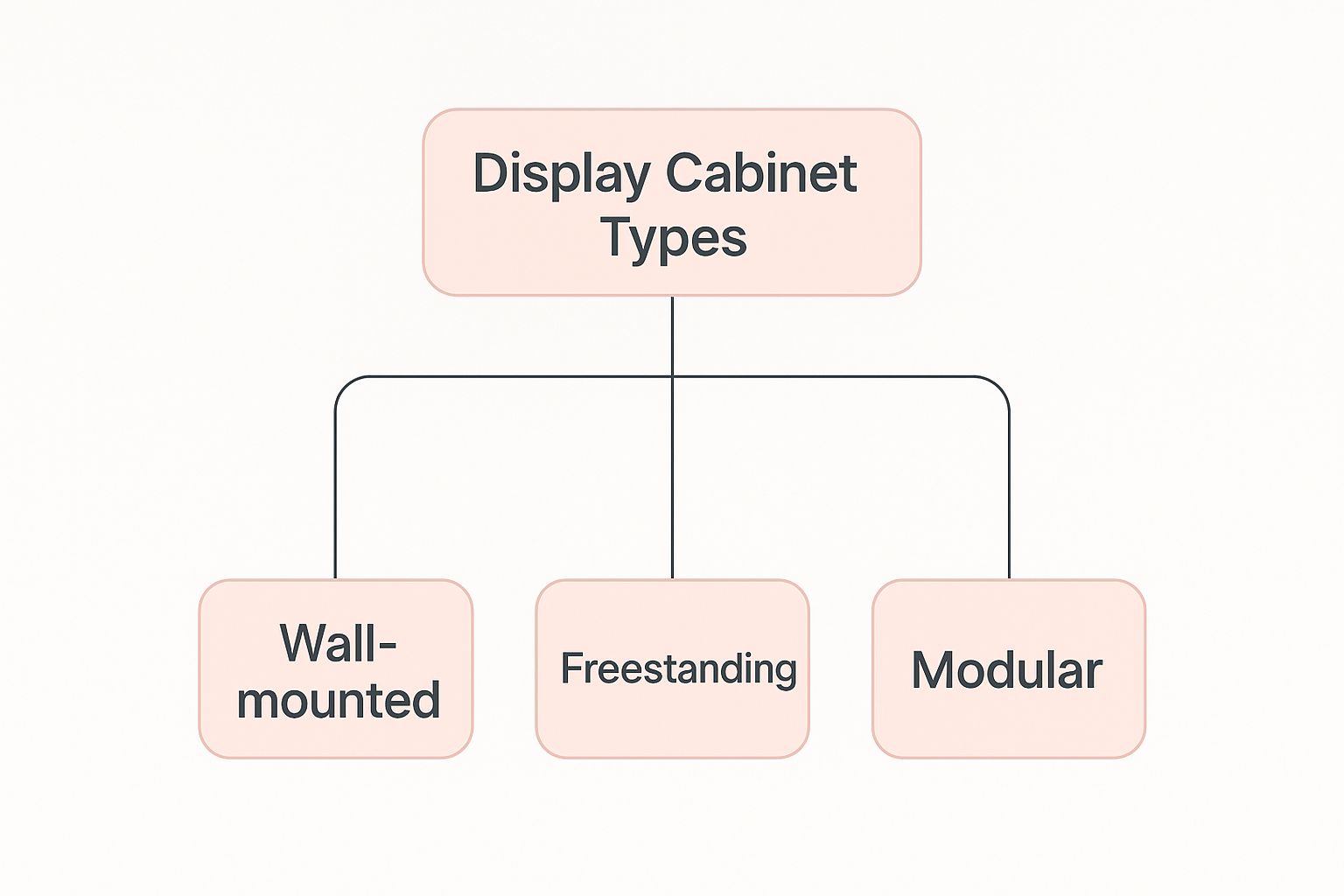
Countertop Displays: The Impulse-Buy Champions
Never underestimate the power of a countertop display case. These are your secret weapons for encouraging those last-minute purchases right at the till. They put small, appealing items directly in the customer’s line of sight just as they’re about to pay. Think of them as the perfect stage for accessories, gourmet chocolates, or gift cards.
A thoughtfully curated countertop display catches the customer in their final moments in your store. It’s your last chance to turn a standard transaction into a bigger sale, and this small touch can make a real difference to your average basket value.
Matching Cabinet Types to Retail Goals
To make the choice clearer, here’s a quick-reference table that connects each cabinet type to its strategic purpose.
| Cabinet Type | Strategic Purpose | Best for Showcasing | Ideal Placement |
|---|---|---|---|
| Freestanding Tower | Create a focal point, display high-value items | Jewellery, watches, electronics, art pieces | Centre of the shop, key traffic areas |
| Wall-Mounted | Save floor space, create an elegant backdrop | Spectacles, cosmetics, small collectibles | Along walls, behind service counters |
| Countertop | Drive impulse purchases, highlight small items | Accessories, confectionary, gift cards, keyrings | Next to the till, on service counters |
| Glass Display Counter | Combine display with a service/sales point | Phones, perfumes, valuable merchandise | As a main sales desk or service point |
This table should help you quickly align your product strategy with the right physical hardware for your shop.
The reality is that the most effective retail spaces use a combination of these. You might have a stunning freestanding tower to anchor a new collection, complementary wall units to display the rest of the range, and a few countertop cases to seal the deal with add-on sales. This layered approach ensures every part of your shop is working to engage customers. For more inspiration on fixtures, take a look at our deeper dive into retail display stands.
Selecting Materials That Build Your Brand Story
Long before a customer even glances at the product inside, your display cabinet has already started a conversation. The materials you choose are a massive part of that first impression, quietly communicating your brand's values—be it luxury, sustainability, or modern innovation. This isn't just a piece of furniture; it's as fundamental as your logo or colour palette.
Picture two different jewellery shops. One is all polished chrome and seamless tempered glass, giving off a sleek, cutting-edge vibe. The other uses cabinets made from warm, reclaimed oak, feeling more timeless and traditional. Neither is right or wrong, but the materials are doing some heavy lifting in telling each brand's story.
The Core Trio: Glass, Wood, and Metal
When you're looking for a display cabinet for shops, you'll mostly be choosing from glass, wood, and metal. Each has its own personality and practical strengths, so understanding what they bring to the table is key to making a choice that fits your space and your brand.
-
Tempered Glass: This is a world away from the glass in your windows. Tempered glass is up to five times stronger than standard glass and is designed to crumble into small, blunt pieces if it ever breaks, making it a far safer option for a busy shop floor. Its incredible clarity means customers get a perfect, unobstructed view, which is ideal for high-value items where you can't compromise on security or visibility.
-
Acrylic (Perspex): Often mistaken for glass, acrylic is a lighter, shatter-resistant plastic. While it can be more prone to scratching than tempered glass, it offers brilliant clarity and is usually a more budget-friendly choice. It’s a fantastic option for countertop displays or any area where there's less risk of a heavy knock.
-
Wood: From the deep richness of mahogany to the light airiness of pine, wood brings a natural warmth and character that no other material can. It’s worth understanding the differences between solid wood and engineered wood, as solid wood speaks of heritage and craftsmanship, while engineered options can offer greater stability and cost savings.
-
Metal: Materials like aluminium and stainless steel give off a clean, industrial, and contemporary feel. They're incredibly durable, a breeze to keep clean, and project a very professional image. You can also get powder-coated finishes to match your brand colours, adding another layer of customisation.
Construction Details That Matter
Beyond the headline materials, it’s the small construction details that really separate a good cabinet from a great one. Don't think of these as extra costs—they're crucial investments in the security and lifespan of your display.
Take the locks, for instance. A cheap, flimsy lock on a cabinet filled with expensive watches completely undermines the perceived value of your stock and, more importantly, puts it at risk. A solid, well-integrated lock, on the other hand, gives you peace of mind and reinforces the quality of the items inside. The same goes for the frame; a weak one can compromise a glass cabinet's stability, whereas a sturdy, well-engineered one will stand strong for years to come.
The material and build quality of your display cabinet directly influence customer perception. A solid, well-crafted unit signals that the products inside are also of high quality, building subconscious trust before a single word is spoken.
The global retail displays market was worth around USD 18.5 billion and is set to grow significantly, which shows just how much businesses are investing in their physical presentation. In the UK, we're seeing this trend play out with a move towards modular shopfitting and a real preference for sustainable materials that align with what customers care about. This growth is all about retailers making their physical stores an unmissable part of the shopping experience, working hand-in-hand with their online presence.
Ultimately, your material choice should be a deliberate, thoughtful extension of your brand. A rustic farm shop and a high-tech electronics store have completely different stories to tell, and their display cabinets should reflect that. By carefully weighing up the aesthetics, durability, and security, you can choose a display cabinet for shops that doesn't just show off your products, but truly strengthens your brand.
Using Light to Make Your Products Shine
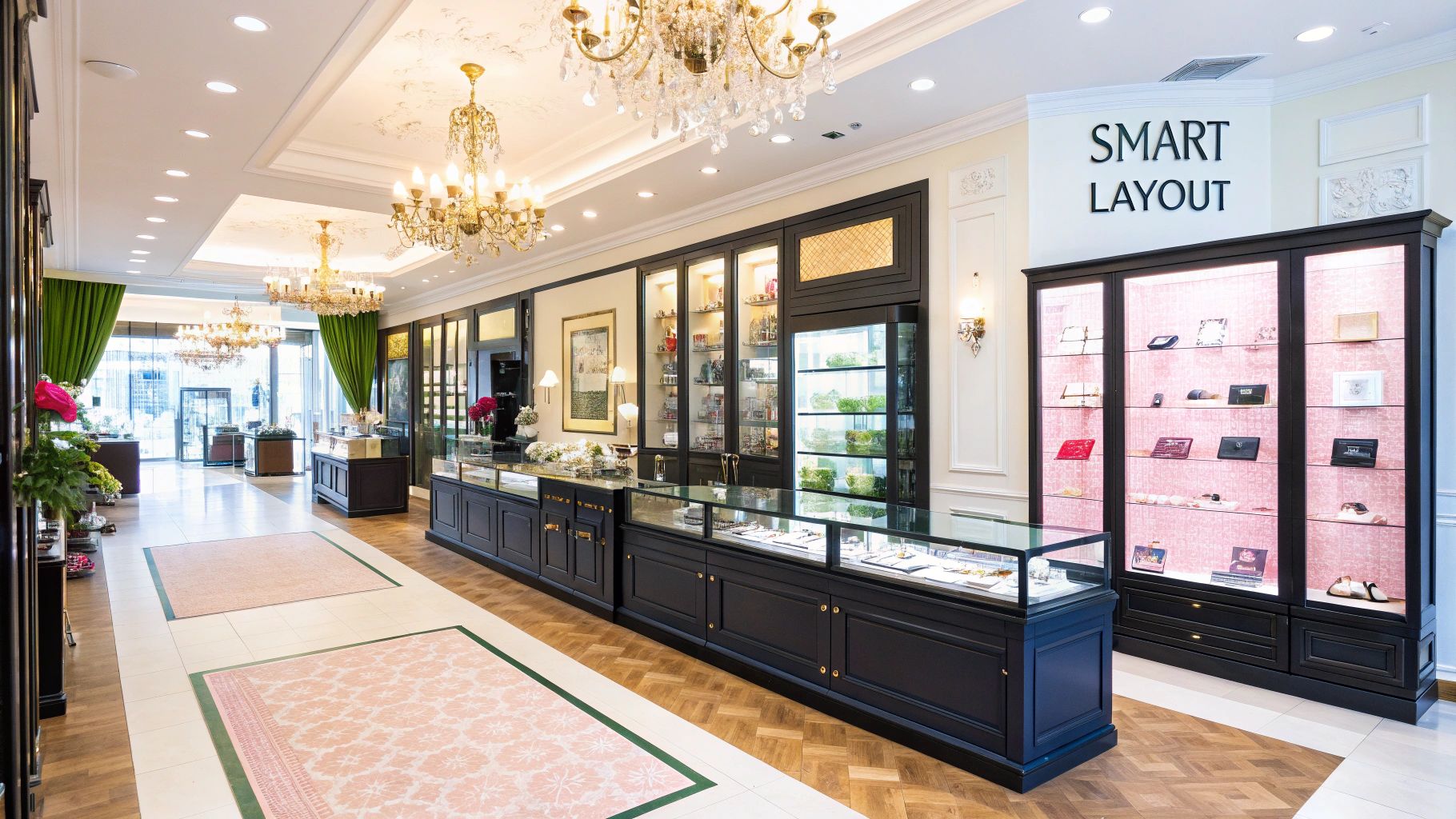
Lighting is the unsung hero of retail display. It’s what transforms a simple cabinet full of products into a captivating showcase that stops customers in their tracks. Think of it as the difference between a flat, dull photograph and a professionally shot image—the right light reveals texture, makes colours pop, and creates an irresistible sense of value.
The good news is that modern LED systems have made expert-level illumination more accessible than ever. Gone are the days of hot, energy-guzzling halogen bulbs. Today’s LEDs are incredibly efficient, saving you money on running costs, but their real magic lies in their versatility. You can fine-tune the mood and focus within your display cabinet for shops with pinpoint precision.
Getting the Colour Temperature Right
One of the most crucial elements to get right is colour temperature, which is measured in Kelvins (K). This isn't about physical heat, but rather the hue of the light itself, ranging from a warm, cosy glow to a cool, crisp white.
-
Warm Light (2700K - 3000K): This is the inviting, yellowish-white light you’d get from a classic incandescent bulb. It’s perfect for creating a warm, premium atmosphere, making it a fantastic choice for rich materials like gold jewellery, aged leather goods, and antique wood.
-
Cool Light (4000K - 5000K): This light is bright, sharp, and closely mimics natural daylight. It’s the secret to making diamonds, silver, and precious gemstones sparkle with dazzling brilliance. Cool light feels modern, clean, and professional.
Choosing the wrong temperature can be disastrous for your products. Warm light on a diamond can make it look yellowed and cheap, while a cool, stark light can completely wash out the rich character of a vintage watch.
Why Colour Rendering Index (CRI) Matters
Next up is the Colour Rendering Index (CRI). This is a simple scale from 0 to 100 that tells you how accurately a light source reveals the true colours of an object compared to natural daylight. In retail, getting this right is non-negotiable.
A high CRI rating of 90+ is the industry standard for a reason. It guarantees that the fiery red of a designer scarf or the deep blue of a sapphire ring looks exactly the same in the cabinet as it does outside. This builds trust and dramatically reduces the likelihood of returns from disappointed customers.
Low CRI lighting is a false economy. It can make your products look faded or give them an odd colour tint, cheapening their appearance and undermining their perceived quality.
For a deeper dive into how lighting and other elements come together, have a look at our comprehensive visual merchandising guidelines.
Table: Optimal LED Lighting for Your Merchandise
Choosing the right combination of colour temperature, CRI, and lighting style can feel overwhelming. This table breaks it down, helping you select the perfect settings to make different product types look their absolute best.
| Product Category | Recommended Colour Temperature | Ideal CRI | Best Lighting Technique |
|---|---|---|---|
| Fine Jewellery (Diamonds, Silver) | 4000K - 5000K (Cool White) | 95+ | Spotlighting to maximise sparkle |
| Gold Jewellery & Watches | 2700K - 3000K (Warm White) | 90+ | A mix of strip and spot lighting |
| Leather Goods & Antiques | 2700K - 3500K (Warm) | 90+ | Even strip lighting to show texture |
| Cosmetics & Apparel | 3500K - 4500K (Neutral White) | 95+ | Even, shadow-free strip lighting |
| Glassware & Perfumes | 3000K - 4000K (Neutral) | 90+ | Backlighting to create a glow |
By matching your lighting to your merchandise, you’re not just illuminating it; you’re enhancing its best features and telling a more compelling story to your customers.
Strategic Lighting Techniques
Beyond the type of light, you need to think about how you use it. Where you place the light source is just as important as its colour.
-
Spotlighting: This involves using a focused beam to draw attention to a single "hero" item. It creates a sense of drama and importance, telling the customer, "Look at this first."
-
Strip Lighting: LED strips fitted along the edges or under shelves provide smooth, consistent light. This is the best way to eliminate shadows and ensure an entire collection is lit beautifully and evenly.
-
Backlighting: Placing the light source behind a product can create a stunning halo effect. This works wonders for translucent items like perfume bottles, glassware, or artisan spirits, giving them a luxurious, high-end feel.
By layering these techniques, you can build a display that is visually interesting, guides the customer’s eye, and ultimately, makes your products impossible to ignore.
Arranging Products to Drive More Sales
Having the perfect display cabinet for shops is a great start, but it's only half the battle. The real magic happens when you arrange what's inside to create a display that doesn't just look good, but actively encourages customers to make a purchase.
Think of it as transforming a static collection of items into a compelling story that grabs attention and boosts your sales. Each shelf is a miniature stage, and you're the director. With a few key visual merchandising principles, you can turn your cabinet into one of your hardest-working sales tools.
Create a Clear Focal Point
The best displays always have a clear focal point. This is the star of the show—the very first thing a customer’s eye should be drawn to. A classic and incredibly effective technique to achieve this is the pyramid principle.
By arranging products in a triangular shape, placing the tallest or most striking item at the top, you create a natural visual path. This structure is inherently pleasing to the human eye and keeps the display from looking flat or messy. The peak of the pyramid is the perfect place for a new arrival, a best-seller, or a high-margin item you want to highlight.
The Power of Grouping and Themes
A random assortment of items on a shelf just creates visual noise. To really connect with customers, you need to tell a story by grouping products together in a way that makes sense. This makes your display far more engaging and easier to browse.
- Group by Theme: A boutique could put together a "Summer Getaway" display, featuring sunglasses, travel-sized toiletries, and light scarves all in one cabinet.
- Group by Colour: Arranging products by complementary or monochromatic colour schemes creates a powerful, polished look that stands out from across the shop.
- Group by Story: A jeweller might display an engagement ring next to matching wedding bands and a "first anniversary" necklace, telling a romantic story that resonates with a customer's own life.
This approach turns individual products into a curated collection, showing customers how different items can work together and encouraging them to buy more than one piece. For a deeper dive, check out these 10 creative shop display ideas to boost sales.
Balance and the Rule of Three
Another simple but powerful design secret is the rule of three. The idea is that items arranged in odd numbers are more appealing and memorable to the human eye than items in even numbers. A group of three or five products creates a sense of natural movement that a rigid, symmetrical pair often lacks.
When styling your display cabinet, try to avoid perfect symmetry. Grouping items in threes or fives encourages the eye to move around the display, making it more dynamic and engaging. It’s a simple trick that adds a professional touch to any arrangement.
This doesn't mean you can only display three things at a time. It's more about creating small clusters within the overall display. You might have one large vase flanked by two smaller ones, or use a stack of three books as a riser for a single hero product.
Just as important is the concept of negative space—the empty space around your products. A common mistake is cramming every inch of the cabinet with stock. This only overwhelms the customer and can make your products look cheap. Leaving some breathing room around your key items makes them feel more special and allows each one to be properly seen.
Custom Designs and Future Display Trends
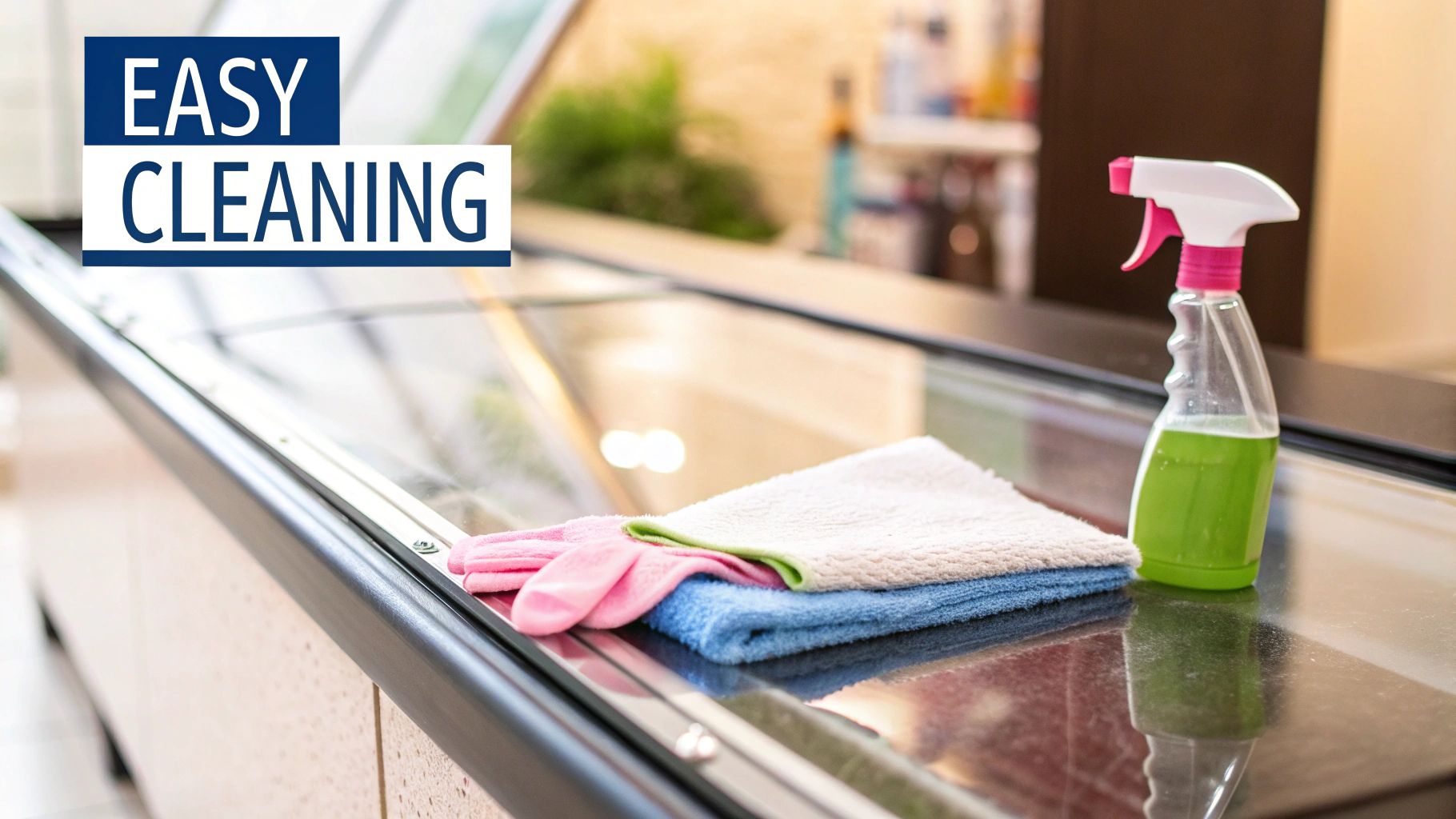
While a standard display cabinet for shops is a fantastic workhorse, a bespoke solution is what truly sets a brand apart. Customisation is where you move beyond off-the-shelf options and craft a display that's a genuine extension of your brand’s unique story.
Think of it like the difference between a high-street suit and one made by a Savile Row tailor. A custom cabinet is built precisely to your specifications, fitting your space flawlessly and echoing your brand’s visual language. This could be anything from matching your specific brand colours and etching your logo onto the glass, to designing a unit with unconventional dimensions to house a uniquely shaped product.
This level of detail creates a polished and memorable in-store experience. It shows customers that you're serious about quality and presentation, reinforcing your brand’s identity at every turn. In today's competitive retail world, that kind of detail really matters.
Embracing Bespoke Solutions
A custom-built display cabinet is a direct investment in your brand's physical presence. When you work with a specialist, you can design a unit that doesn't just look stunning but also solves very specific problems within your retail space.
- Brand Integration: Seamlessly weave your company’s logo, colour palette, and specific finishes directly into the design of the cabinet.
- Perfect Dimensions: Create a unit that fits perfectly into an awkward corner or aligns with your existing fixtures, making the most of every square inch.
- Unique Functionality: Design features built around your products, like specialised shelving for fragile items or integrated security for high-value merchandise.
The global market for display cabinets was valued at USD 12.5 billion in 2023 and is on track to hit USD 20.8 billion by 2032. This growth isn't just about selling more boxes; it reflects a major shift in retail towards creating unique, experience-driven spaces. Here in the UK, retailers are increasingly using custom designs with advanced materials and lighting to build compelling showcases that simply can't be ignored. You can explore further insights on the display cabinet market trends on dataintelo.com.
The Future of Retail Display Technology
The world of retail display is constantly moving forward, with new technology opening up some incredible possibilities for engaging with customers. Keeping an eye on these trends can give you a real competitive advantage.
The next generation of display cabinets are not just static containers; they are interactive storytellers. They blend the physical product with digital content to create a richer, more engaging narrative for the customer.
Imagine a cabinet with built-in digital screens that play a video of how a product is made as a customer walks by. Or picture smart glass that can switch from opaque to transparent at the touch of a button, creating a dramatic product reveal. These innovations don't just capture attention; they turn casual browsing into a memorable event.
In the same way, well-designed fixtures are crucial for other areas like fashion; you can explore our ideas for effective clothing display stands in our detailed guide. By thinking creatively about customisation and future tech, you can ensure your display cabinet for shops keeps your brand well ahead of the curve.
Common Questions About Shop Display Cabinets
Investing in a new display cabinet for shops is a big decision, so it's perfectly normal to have questions. This isn't just another piece of furniture; it's a vital tool that affects your sales, your brand's image, and the security of your stock. To help you feel confident in your choice, we’ve put together some straightforward answers to the queries we hear most often from UK retailers.
Getting to grips with the specifics can seem a bit daunting at first. But a little bit of knowledge in a few key areas—from day-to-day upkeep to security—will make sure you pick a cabinet that works hard for your business for years to come.
How Do I Keep Glass Cabinets Clean and Smudge-Free?
A crystal-clear view of your products is absolutely essential. The best way to keep tempered glass gleaming is surprisingly simple: a 50/50 mix of white vinegar and water in a spray bottle does the trick perfectly. Always, always use a good quality microfibre cloth to wipe it down, as this prevents annoying lint from being left behind.
Here’s a great pro tip for a flawless finish: wipe in one direction on the inside (say, top to bottom) and in the opposite direction on the outside (left to right). This clever little hack immediately shows you which side any lingering streaks are on, saving you a lot of time and guesswork.
Are LED Lights Difficult or Expensive to Replace?
This is a worry we hear a lot, but the good news is that modern LED systems are designed to be both long-lasting and incredibly efficient. The high-quality LEDs you'll find in retail cabinets are usually rated for 30,000 to 50,000 hours of use. To put that in perspective, even if they're switched on for 12 hours every single day, they could easily last for over a decade.
When one eventually needs replacing, most contemporary cabinets are fitted with simple plug-and-play strip lighting. Swapping them out is usually a straightforward job. Plus, they consume far less energy than old-fashioned halogen bulbs, making them a much smarter and more cost-effective choice in the long run.
What Security Features Should I Prioritise?
The level of security you need really comes down to the value of what you're displaying.
- Standard Locks: For most types of merchandise, a simple plunger lock fitted into the sliding glass doors is an effective deterrent against casual theft.
- Tempered Glass: This is a non-negotiable safety feature. It's much tougher than regular glass and, if it ever does break, it crumbles into small, blunt cubes instead of dangerous sharp shards.
- Alarms: If you're displaying high-ticket items like luxury watches or fine jewellery, you might want to consider cabinets equipped with discreet contact or vibration alarms that will instantly alert your staff if someone tries to tamper with them.
Security is about more than just preventing theft—it’s about creating a sense of value. A solid, secure cabinet sends a subtle message to customers that the products inside are high-quality and worth protecting, which in turn elevates their perceived desirability.
Of course, knowing how to arrange your products inside the cabinet is just as important. To get a better handle on the art of presentation, you can learn more about what fashion merchandising is and how it drives sales. For more general retail questions, these Frequently Asked Questions are also a fantastic resource.
At Display Guru, we provide the high-quality display solutions you need to make your products shine. From durable garment rails to versatile mannequins, we have the tools to bring your visual merchandising vision to life. Explore our full collection today!
